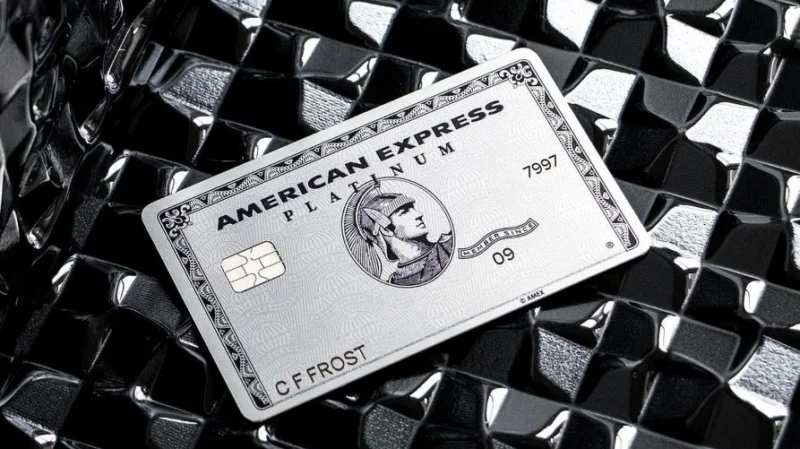
Introduction
Credit scores are a crucial part of our financial lives, yet many people don’t fully understand what they are or how they work. This three-digit number can affect everything from the interest rates you pay on loans to your ability to rent an apartment or get a cell phone plan. In this article, we’ll demystify credit scores, explaining what they are, how they’re calculated, and most importantly, how you can improve yours.
What is a Credit Score?
A credit score is a numerical representation of your creditworthiness, or how likely you are to repay borrowed money. Lenders use credit scores to decide whether to approve you for loans or credit cards, and at what interest rate. There are several types of credit scores, but the most commonly used are FICO scores and VantageScore.
How is a Credit Score Calculated?
Credit scores are calculated using information from your credit reports, which are maintained by the three major credit bureaus: Experian, Equifax, and TransUnion. Each bureau collects information about your credit history, including your payment history, the amount of debt you owe, the length of your credit history, the types of credit you have, and how often you apply for new credit.
Improving Your Credit Score
Improving your credit score can take time, but the benefits are well worth the effort. A higher credit score can help you secure lower interest rates on loans, save money on insurance premiums, and even increase your chances of landing a job or renting an apartment. Here are some strategies to help improve your credit score:
1. Pay Your Bills on Time
Your payment history is the most significant factor in your credit score, accounting for 35% of your FICO score. This includes not just credit card payments, but also other financial obligations such as mortgages, car loans, and student loans. Even utility bills and cell phone payments can impact your credit score if they go unpaid and are sent to collections.
To ensure you’re making all your payments on time, consider setting up automatic payments through your bank. This way, your payments will be deducted from your account each month without you having to remember. If automatic payments aren’t an option, setting up reminders on your phone or calendar can also be helpful.
2. Keep Your Credit Utilization Low
Credit utilization refers to the amount of your available credit that you’re currently using. It’s calculated by dividing your total credit card balances by your total credit card limits. For example, if you have a total credit limit of $10,000 across all your credit cards and you have a balance of $2,000, your credit utilization rate is 20%.
A lower credit utilization rate is better for your credit score. As a rule of thumb, try to keep your credit utilization below 30%. This shows lenders that you’re not overly reliant on credit and that you’re managing your debts responsibly.
3. Don’t Close Old Credit Cards
The length of your credit history is another important factor in your credit score. This includes the age of your oldest account, the age of your newest account, and the average age of all your accounts.
Closing old credit cards, especially your oldest one, can shorten your credit history and potentially lower your credit score. Even if you don’t use a credit card often, it can be beneficial to keep it open and use it occasionally to keep the account active. Of course, this should be balanced with the potential drawbacks of having an open credit card, such as annual fees.
4. Limit New Credit Applications
Each time you apply for credit, a hard inquiry is added to your credit report. This can lower your credit score by a few points. These inquiries stay on your credit report for two years, so it’s a good idea to apply for new credit sparingly.
When you do need to apply for new credit, do your research first to ensure you’re likely to be approved. Too many hard inquiries in a short period can signal to lenders that you’re a high-risk borrower.
5. Diversify Your Credit Mix
Having a mix of different types of credit can be beneficial for your credit score. This includes revolving credit, like credit cards, and installment loans, like a mortgage or auto loan.
While it’s not a good idea to take on new credit just to improve your credit mix, it’s something to keep in mind. For example, if you’re planning to take out a loan, a personal loan might be a better choice than another credit card if you already have several credit cards and no loans.
Remember, the most important thing is to manage your credit responsibly. This means making all your payments on time, keeping your credit utilization low, and only taking on new credit when necessary. With time and patience, these habits can help you improve your credit score.
Conclusion
Understanding your credit score and how to improve it can open up new financial opportunities and save you money in the long run. While improving your credit score takes time and patience, the steps outlined above can help you start on the path to better credit.
This post was last modified on July 23, 2023 9:28 am
Whether you're a CrossFit enthusiast, a rucking adventurer, a high-intensity interval training (HIIT) devotee, or…
Earlier this week, T-Mobile and SpaceX jointly shared that they would be making an announcement…
Starlink Satellite Dish | Source: SpaceX In a recent Tweet sent out by SpaceX, wireless…
With the release of Tesla FSD (Full Self Driving) 10.69 Beta starting to roll out…
Tesla Powerwall Last year, Tesla launched a pilot of their VPP (Virtual Power Plant) where…
Tesla Mobile Connector Back in April this year, Tesla decided to no longer include Mobile…
This website uses cookies.